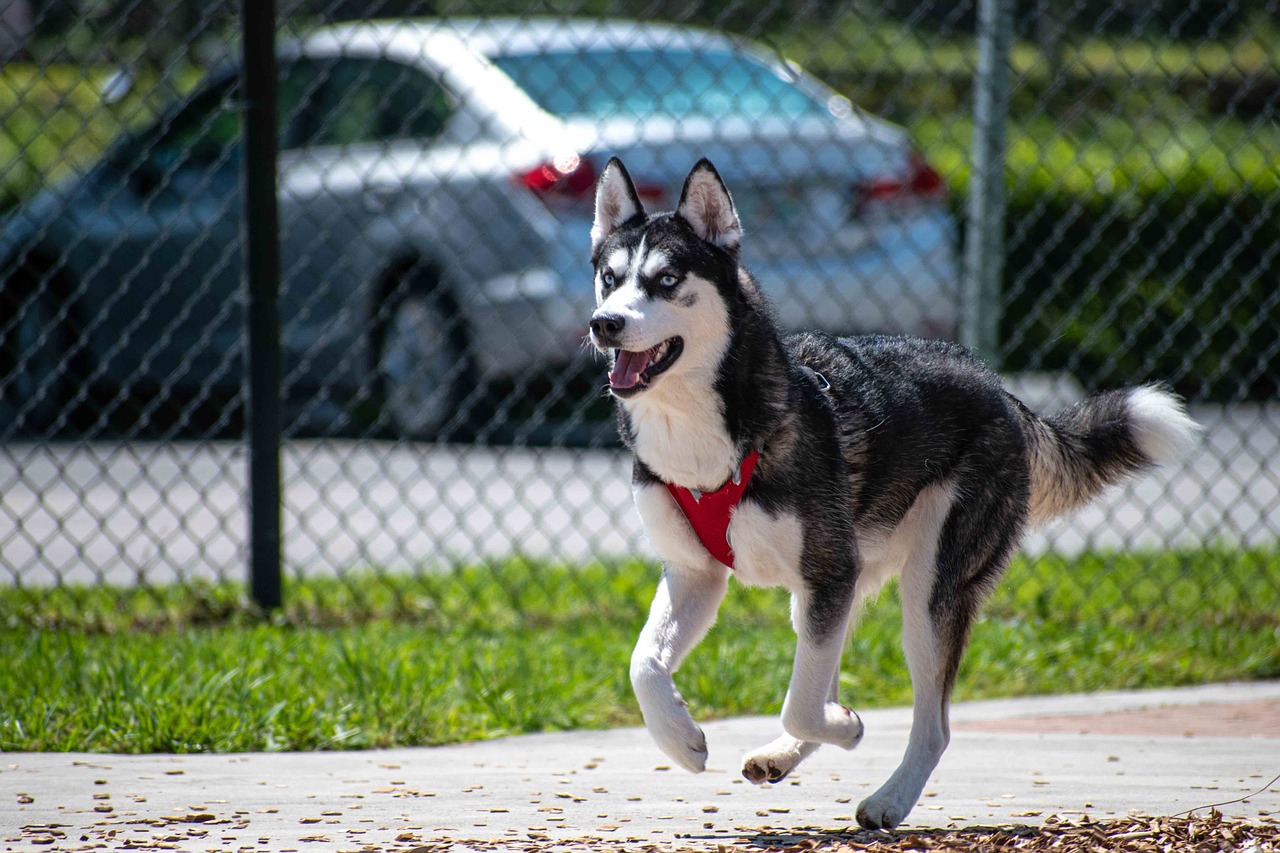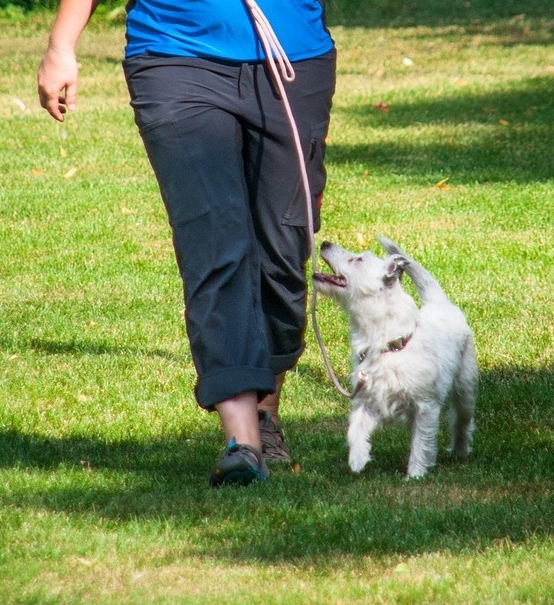Exercising Your Kenneled Dogs
Handouts

Regular exercise helps keep dogs fit and prevents obesity. Being overweight increases the risk of joint disease, cancers, and other health issues.
Exercise is also good for your dogs’ mental health! Exercise:
- promotes the growth of brain cells, supporting memory
- releases brain chemicals that improve mood
How should I exercise my dogs?
- How you should exercise your dogs depends on their breeds, ages, energy level, and overall health.
- If a dog is overweight, older, has existing health issues (such as joint disease), or is brachycephalic (flat-faced), then you will want to modify your exercise plan accordingly.
- Your veterinarian can help you develop an exercise plan for your dogs.

What are the benefits of exercising my dogs?
- In addition to helping with weight maintenance, exercise can help your dogs feel calmer and more relaxed.
- Calmer dogs often leads to quieter kennels with less barking.
- Calmer dogs show fewer undesirable behaviors!
- Exercise can be a great time for you to socialize your dogs.

A great place to start…walking!
Walking is appropriate exercise for most dogs and also provides mental stimulation. A walk can be brisk or moderate, depending on the dog’s needs.
A walk is a great time to get your dog used to wearing a collar with a lead. Being able to walk on lead helps prepare dogs for future homes! See our article, Training your kennel dogs to wear collars and a lead, for more information.
What about dogs who need more activity?
High-energy breeds, such as Border Collies, Australian Shepherds, Jack Russell Terriers and Belgian Malinois, may need more activity to keep them happy.
- Jogging or hiking: Take walking to the next level with a little more cardiovascular activity
- Fetch: Many dogs enjoy chasing and retrieving balls and frisbees
- Agility: Guide your dog through an obstacle course, providing physical and cognitive challenges
- Swimming: Not every dog enjoys swimming, but for those who do, it is excellent low-impact exercise
- Play: Well-managed play groups or play with other dogs can be both fun and promote fitness!
-
- Avoid exercising your dogs outside in extreme temperatures.
- Provide dogs with shade and water as needed when exercising.
- Supervise any dog playgroups carefully.
- Don’t overexercise dogs – for example, puppies do better with short bursts of activity rather than repetitive impact on growing bones.
- Older dogs may have joint disease and may need frequent breaks and low-impact exercise.
- Brachycephalic dogs may overheat and have difficulty breathing when overexercised.
Topic(s): Bare Bones Basics, Behavior, Benefits of Exercise, Breeder Resource, Exercise, Types of Exercise
